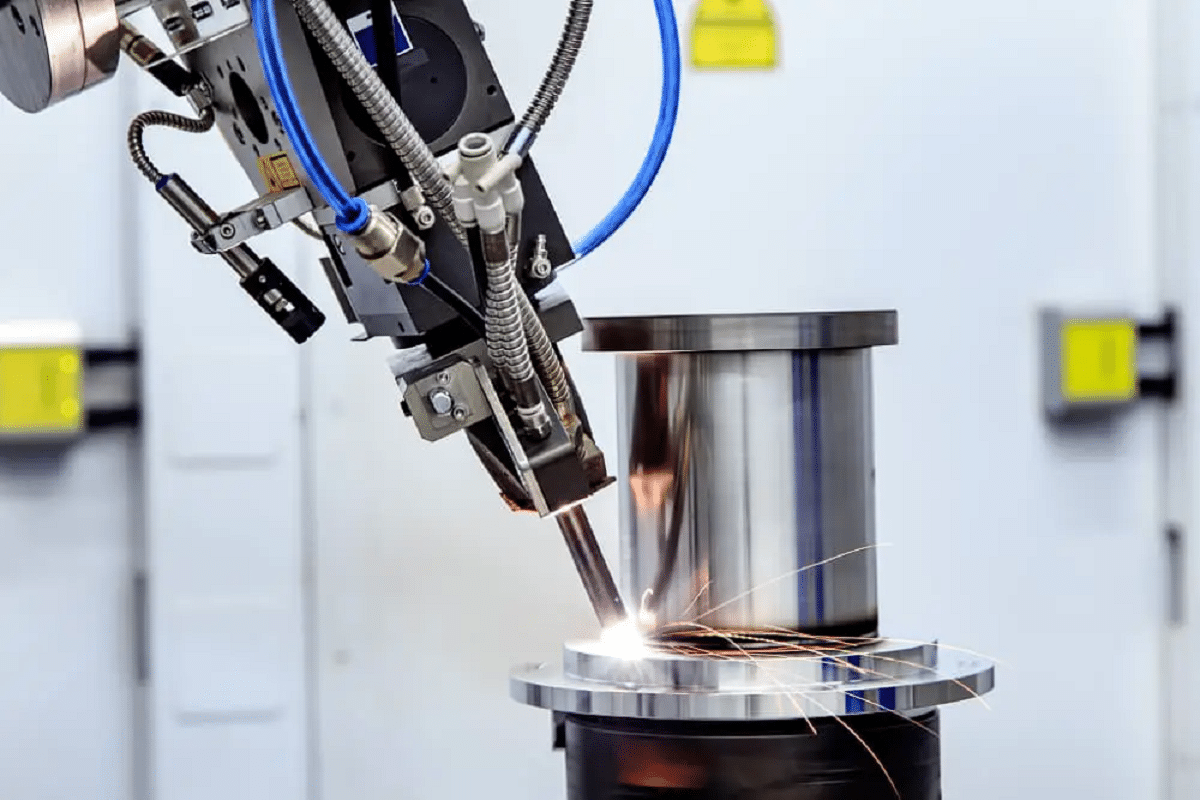Your Complete Handbook to Preventing Weld Undercut Like a Pro
Your Complete Handbook to Preventing Weld Undercut Like a Pro
Blog Article
Mastering the Art of Welding: Exactly How to Prevent Undercut Welding Issues for Flawless Manufacture Results
By understanding the root triggers of undercut welding and applying reliable techniques to prevent it, welders can elevate their craft to new levels of excellence. In the quest of perfect manufacture outcomes, grasping the art of welding to stay clear of undercut concerns is not simply an ability yet a necessity for those making every effort for excellence in their job.
Recognizing Undercut Welding

To protect against undercut welding, welders must ensure appropriate welding specifications, such as readjusting the current, voltage, traveling rate, and keeping the appropriate electrode angle. Furthermore, utilizing the proper welding method for the certain joint arrangement is essential. Utilizing weaving motions or backstepping techniques can aid guarantee correct weld metal deposition and minimize the likelihood of undercut development. Routine assessment of welds during and after the welding procedure is additionally vital to catch any type of undercut very early and make essential adjustments to avoid more defects. Preventing weld undercut. By comprehending the reasons for undercut welding and applying preventive steps, welders can achieve top notch, structurally audio welds.
Sources Of Undercut in Welding
Recognizing the variables that add to damage in welding is essential for welders to produce top quality, structurally sound welds. Damaging happens when the weld metal does not correctly fill up the groove developed in between the base steel and the formerly deposited weld metal. Numerous aspects can cause undercut in welding. One common reason is excessive heat input. Welding at heats for extensive durations can result in the base steel melting even more than preferred, leading to damage. Insufficient welding current or wrong welding rate can additionally add to damage. Inadequate current may not give sufficient heat to thaw the base and filler metals sufficiently, while excessive rate can stop proper blend, creating undercut. In addition, incorrect electrode angles or wrong torch manipulation methods can create areas of reduced weld metal deposition, advertising undercut. Understanding these causes and applying correct welding techniques can aid avoid damaging issues, this contact form making certain strong and resilient welds.
Techniques to Protect Against Undercutting

To reduce the threat of damaging in welding, welders can use critical welding strategies aimed at improving the high quality and integrity of the weld joints. Additionally, using the correct welding strategy for the details joint configuration, such as weave or stringer grains, can add to minimizing undercutting.
Additionally, appropriate joint preparation, including making certain tidy base products devoid of contaminants and using the appropriate welding consumables, is crucial in protecting against undercut issues. Utilizing back-step welding techniques and controlling the weld grain account can likewise help disperse heat evenly and reduce the danger of undercut. Regular examination of the weld joint throughout and after welding, along with applying top quality assurance actions, can help in resolving and finding undercutting issues immediately. By executing these strategies vigilantly, welders can attain perfect manufacture results with very little undercut defects.
Importance of Proper Welding Specifications
Picking and maintaining proper welding criteria is important for accomplishing effective welds with minimal problems. Welding specifications describe variables such as voltage, existing, travel speed, electrode angle, and shielding gas flow rate that directly affect the welding procedure. These parameters need to be meticulously readjusted based on the sort of material being bonded, its density, and the welding strategy used.
Proper welding specifications make certain the right amount of warmth is put on melt the base metals and filler material consistently. If the specifications are established as well high, it can cause too much warmth input, triggering burn-through, distortion, or spatter. On the various other hand, if web the parameters are as well low, incomplete blend, absence of infiltration, or damaging might take place.
Top Quality Assurance in Welding Workflow

Conclusion
To conclude, grasping the art of welding requires a comprehensive understanding of undercut welding, its causes, and strategies to avoid it. By making sure appropriate welding parameters and implementing top quality guarantee practices, remarkable construction results can be attained. It is necessary for welders to regularly strive for quality in their welding operations to stay clear of undercut problems and produce high-quality welds.
Undercut welding, a typical flaw in welding processes, takes place when the weld steel doesn't properly load the groove and leaves a groove or anxiety along the bonded joint.To stop undercut welding, welders must make certain correct welding specifications, such as readjusting the present, voltage, travel speed, and maintaining the proper electrode angle. Poor welding inaccurate or current welding rate can also add to damage.To minimize the risk home of damaging in welding, welders can use calculated welding methods intended at enhancing the high quality and honesty of the weld joints.In conclusion, grasping the art of welding calls for a thorough understanding of undercut welding, its reasons, and strategies to prevent it.
Report this page